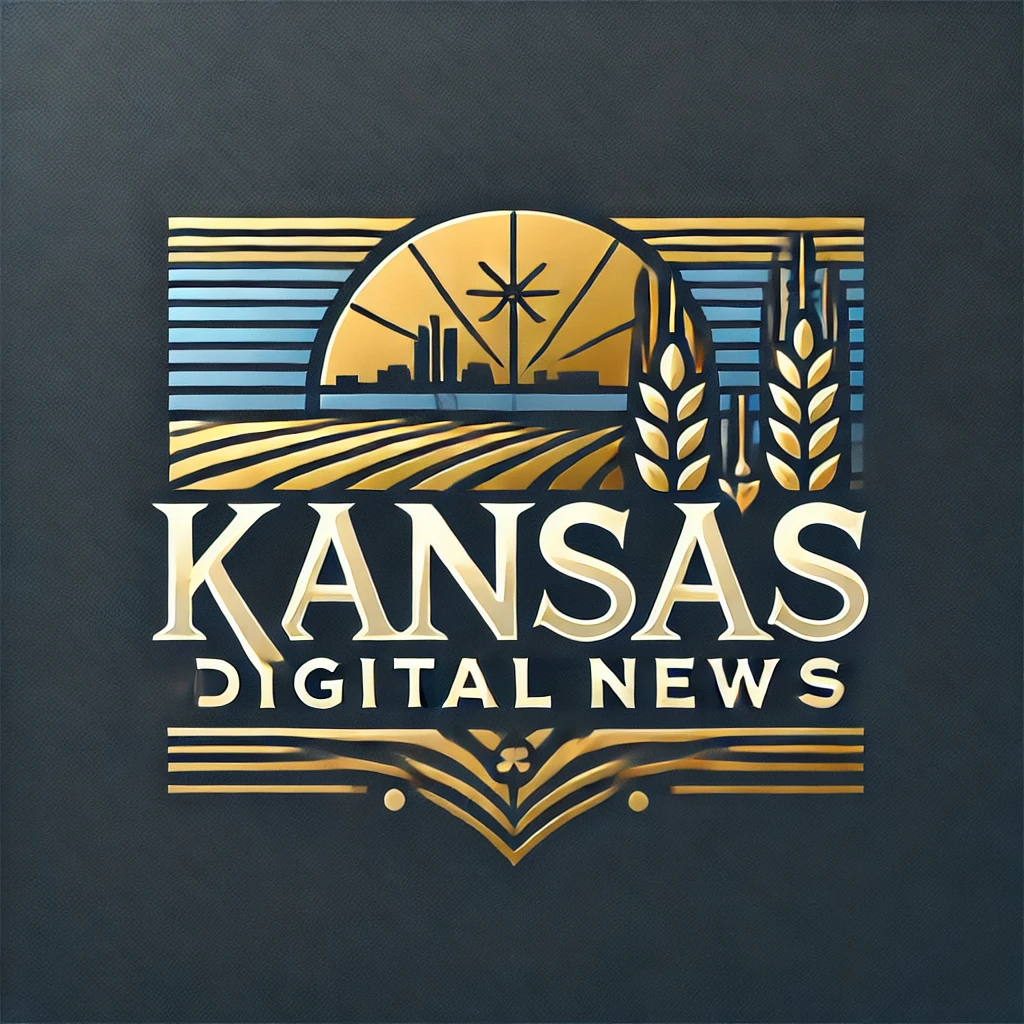October 21, 1835: A Mob Tries To Kill William Lloyd Garrison


 During the period when Americans enslaved other Americans, those that profited from white supremacy and the stolen labor of people of African descent engaged in violence to protect slavery. The first abolitionists, enslaved people themselves, engaged in various forms of resistance, from evading and escaping to violent revolt.
During the period when Americans enslaved other Americans, those that profited from white supremacy and the stolen labor of people of African descent engaged in violence to protect slavery. The first abolitionists, enslaved people themselves, engaged in various forms of resistance, from evading and escaping to violent revolt.
Later, the threat posed by anti-slavery activists and organizations drew violent reactions from slave interests in both the Southern and Northern states. Mobs ransacked anti-slavery offices, destroyed anti-slavery presses, burned postal sacks of anti-slavery pamphlets, broke up anti-slavery meetings, and imprisoned, assaulted and murdered abolitionists.
Among the many people killed for their anti-slavery activities were Americans such as Nat Turner, who lead a slave revolt in Virginia in 1831; Elijah Lovejoy, a journalist murdered by a mob in 1837; and John Brown of New York, inspired by both men, who was executed for leading a revolt against slavery in what is now West Virginia in 1859.

 William Lloyd Garrison (1805 – 1879) was an American abolitionist, journalist, and social reformer best known for his widely read anti-slavery newspaper The Liberator, which Garrison founded in Boston in 1831 and published until slavery was abolished in the United States by the Thirteenth Amendment in 1865.
William Lloyd Garrison (1805 – 1879) was an American abolitionist, journalist, and social reformer best known for his widely read anti-slavery newspaper The Liberator, which Garrison founded in Boston in 1831 and published until slavery was abolished in the United States by the Thirteenth Amendment in 1865.
Garrison was a founder of the New-England Anti-Slavery Society in 1831 and with Arthur Tappan and Frederick Douglass the American Anti-Slavery Society in 1833.
He came to promote immediate and uncompensated emancipation of enslaved people, in opposition to the belief of most white abolitionists, who called for gradual and compensated abolition.
Pro-slavery men and women railed against him in the press, had him arrested and assaulted him in public. In Southern states bounties were offered for the capture of Garrison “dead or alive.”
Many letters, which you can help transcribe online at the Anti-Slavery Manuscripts Project, discuss how pro-slavery mobs often interrupted abolitionist meetings.

 On October 21, 1835, Garrison planned to speak at a meeting of the Boston Female Anti-Slavery Society after the original speaker British abolitionist George Thompson, who was frequently the target of pro-slavery attacks and physical assaults.
On October 21, 1835, Garrison planned to speak at a meeting of the Boston Female Anti-Slavery Society after the original speaker British abolitionist George Thompson, who was frequently the target of pro-slavery attacks and physical assaults.
Most wealthy Bostonians, including many who owned businesses in the textile industry, were-pro-slavery because they profited from the cheap cotton produced by slave labor in the South.
Thompson had been warned that they planned to tar and feather him at his talk before the Boston Female Anti-Slavery Society and backed out. Garrison took his place.
The Boston Commercial Gazette described the mob who surrounded the building as “an assemblage of fifteen hundred or two thousand highly respectable gentlemen.” Among them was the anti-abolitionist Mayor of Boston Theodore Lyman.
The mob of “highly respectable gentlemen,” forced the women from the building and assaulted and seized Garrison, who later described “the howlings of the riotous throng.”
“The rioters… got hold of some prayer and hymn books, belonging to a religious society that occupied the hall every Sunday, and threw them out of the window as incendiary documents,” Garrison said.
They tied a rope around his waist, and dragged him through the streets toward Boston Common, calling for tar and feathers and threatening to lynch him. Gallows were erected in front of his house, and he was burned in effigy.
Eventually, the Mayor intervened to prevent his murder and had Garrison taken to the Leverett Street Jail. He spent the night there and the next day left Boston to continue the fight against slavery.

 Later Garrison became a leading advocate of women’s rights which split in the abolitionist community; and was vocal in his support for women’s suffrage.
Later Garrison became a leading advocate of women’s rights which split in the abolitionist community; and was vocal in his support for women’s suffrage.
He died in the city of New York at the home of his daughter on May 24, 1879.
Frederick Douglass, then employed as a United States Marshal, spoke in memory of Garrison at a memorial service in a church in Washington, DC, saying, “It was the glory of this man that he could stand alone with the truth, and calmly await the result.”
Garrison’s legacy continues unabated. His son, William Lloyd Garrison Jr. (1838–1909), was a prominent advocate women’s suffrage and of the repeal of the Chinese Exclusion Act. Anther son, Wendell Phillips Garrison (1840–1907), was literary editor of The Nation from 1865 to 1906.
His daughter, Helen Frances “Fanny” Garrison Villard (1844–1928) was a prominent journalist and a founding member of the NAACP who wrote an important biography of John Brown.
Illustrations, from above: Detail from a portrait of William Lloyd Garrison by Nathaniel Jocelyn, 1833 (National Portrait Gallery); An anti-abolition cartoon, believed to be from 1835, depicts the attack on Garrison (Boston Public Library); and Garrison trying to hold a John Brown anniversary meeting in Tremont Temple, Boston, in 1860 (artist unknown).
Source link




